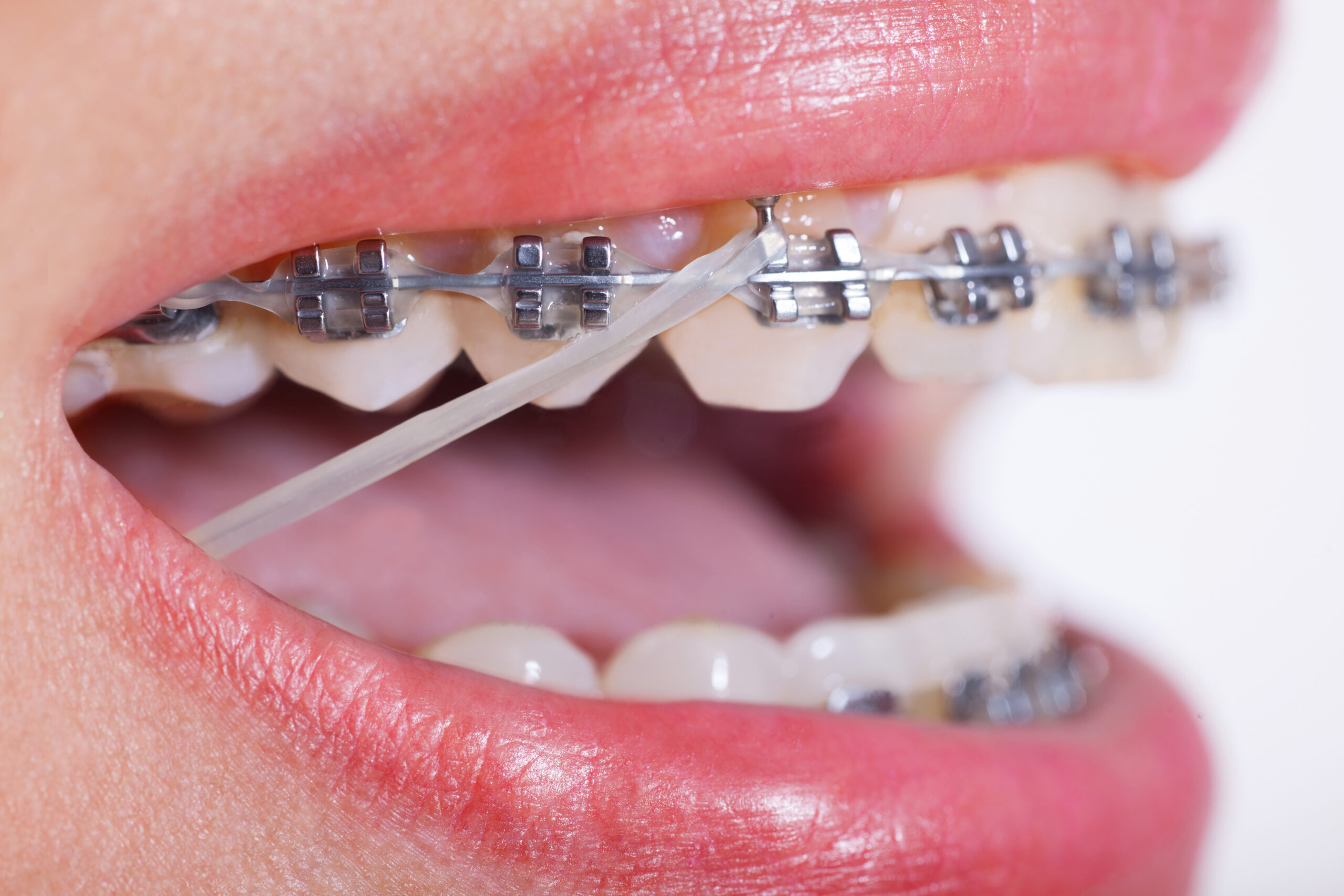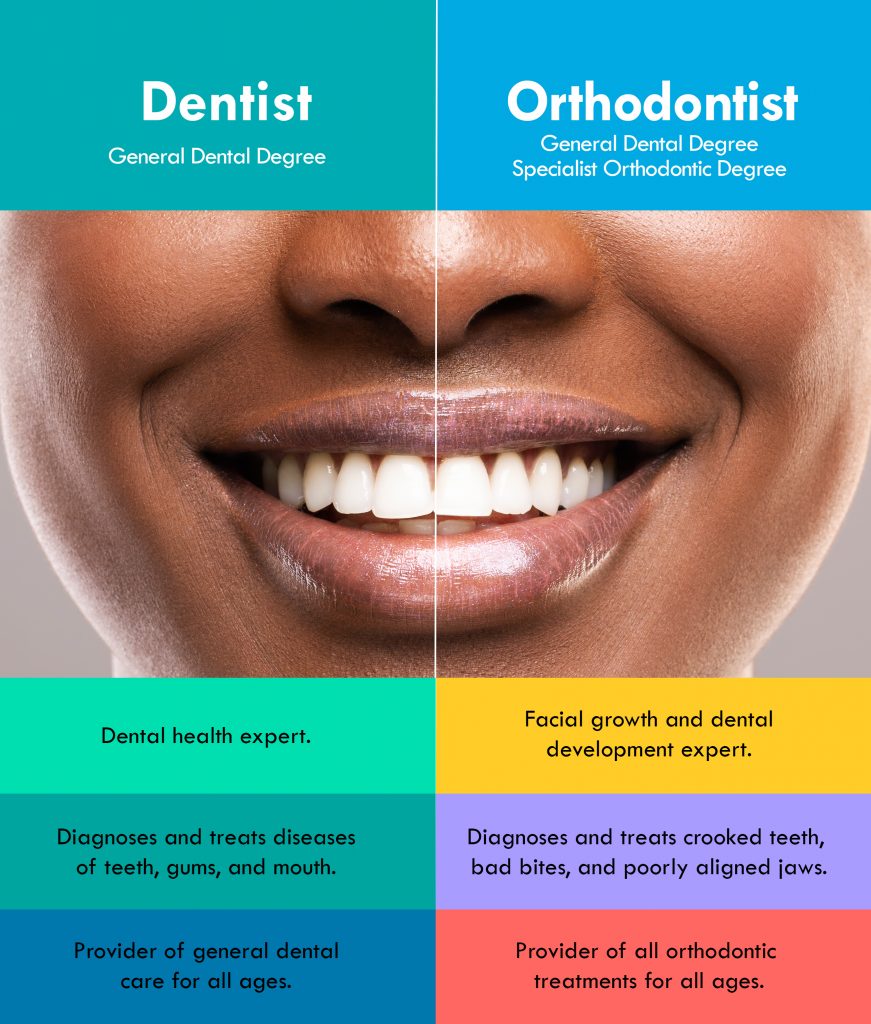What Does All Star Family Orthodontics Do?
What Does All Star Family Orthodontics Do?
Blog Article
The smart Trick of All Star Family Orthodontics That Nobody is Talking About
Table of ContentsAll Star Family Orthodontics - An OverviewGetting The All Star Family Orthodontics To WorkNot known Incorrect Statements About All Star Family Orthodontics The Definitive Guide to All Star Family OrthodonticsThe All Star Family Orthodontics Statements

At Advanced Orthodontics, we provide clients with a alternative therapy experience. In enhancement, we provide adjustable therapy timetables, versatile settlement choices and an enjoyable, satisfying experience - orthodontist. Call ( 480) 357-4900 today for additional information and routine a visit.
An orthodontist is a dental practitioner trained to diagnose, prevent, and deal with teeth and jaw abnormalities. Orthodontists function with individuals of all ages, from kids to grownups.
Malocclusion, or misaligned teeth, can result in oral issues, including tooth decay, gum tissue condition, and hard or painful eating. Not everyone is birthed with straight teeth. If you have a poor bite or huge spaces in between your teeth, you might intend to seek advice from a dental professional concentrating on orthodontic care.
The 3-Minute Rule for All Star Family Orthodontics
(Picture Credit Report: DigitalVision/Getty Images) Orthodontists use dealt with and removable oral tools, like dental braces, retainers, and bands, to change the placement of teeth in your mouth. Orthodontic treatment is for oral problems, including: Jagged teethBite troubles, like an overbite or an underbiteCrowded teeth or teeth that are also far apartJaw misalignmentThe goal of orthodontic therapy is to enhance your bite.
While you might assume of orthodontists as primarily for kids or teenagers that need dental braces, they can remedy dental issues at any type of age. Orthodontists attend college, oral college, and orthodontic college.
All orthodontists are dental professionals, but not all dental experts are orthodontists. Orthodontic residency programs supply extensive, concentrated instruction for oral experts. They concentrate on 2 locations: Just how to appropriately and safely relocate teeth Just how to appropriately direct advancement in the teeth, jaw, and faceOnce an orthodontist has finished training, they have the choice to become board accredited - (https://www.artstation.com/alstrfmlyrth8/profile).
How All Star Family Orthodontics can Save You Time, Stress, and Money.
Imbalance, or malocclusion, is the most usual reason people see an orthodontist. It is hereditary and is the outcome of size distinctions between the top and lower jaw or in between the jaw and teeth. Malocclusion causes tooth congestion, an askew jaw, or uneven bite patterns. Malocclusion is typically treated with: Your orthodontist connects steel, ceramic, or plastic square bonds to your teeth.
If you have only minor malocclusion, you might be able to use clear braces, called aligners, as opposed to conventional dental braces. Some people need a headgear to aid move teeth right into line with pressure from outside the mouth. After dental braces or aligners, you'll need to wear a retainer. A retainer is a custom-made tool that maintains your teeth in position.

You might need to see an orthodontist if you have: Crowding or otherwise sufficient area for every one of your teethOverbite, when your top teeth come over your base teethUnderbite, when your bottom teeth are also much forwardSpacing or problems with gapsCrossbite, which is when your upper teeth fit behind your bottom teeth when your mouth is closedOpen bite or a vertical gap between your front bottom and upper teethMisplaced midline, when the facility of your bottom and upper teeth do not line up Fixing a dental malocclusion can: Make biting, chewing, and speaking easierImprove the balance of our face and your total appearanceEase discomfort from temporomandibular joint disordersDifferent your teeth and make them much easier to clean, aiding protect against dental caries or dental caries It's frequently a dental practitioner who initially notices misaligned teeth throughout a routine test.
The 2-Minute Rule for All Star Family Orthodontics
During your very first orthodontic consultation, you'll likely have: A dental examPhotos taken of your face and smileDental X-raysPanoramic (360 degree) X-rays of your face and headImpressions to create mold and mildews of your teethThese tests will certainly assist your orthodontist understand exactly how to proceed with your treatment. An orthodontist is a dentist who's had training to treat your teeth and jaw.
Orthodontists are dental professionals yet not all dental professionals are orthodontists. Orthodontists are focused on your bite, or the means your teeth fit with each other, and the straightness of your teeth.

This initial examination involves an aesthetic examination of your teeth and bite, X-rays, and potentially even 3D scans. By meticulously assessing these components, the orthodontist can identify any kind of imbalances, crowding, spacing problems, or jaw discrepancies. As soon as a clear image is developed, the orthodontist will certainly go over personalized treatment options. This discussion will cover the sort of dental braces or aligners advised (traditional steel dental braces, clear aligners like Invisalign, and so on), the projected treatment duration, and any kind of prospective difficulties or adverse effects.
All Star Family Orthodontics - Questions
While dental braces are the most commonly recognized orthodontic treatment, orthodontists have a diverse toolkit at their disposal. The specific method chosen depends upon the extent of the case, the individual's age, and specific preferences. These tried-and-true dental braces utilize a system of braces bound to the teeth and connected by cords.
Clear aligners, like Invisalign, are a popular choice for individuals seeking a much more discreet treatment option. These detachable trays are customized to progressively move the teeth's position. Headgear may be utilized in conjunction with braces or aligners to apply additional targeted pressures, specifically for dealing with jaw discrepancies. In cases of slim jaws, go to these guys palatal expanders can be used to create area for correct tooth positioning.
Report this page